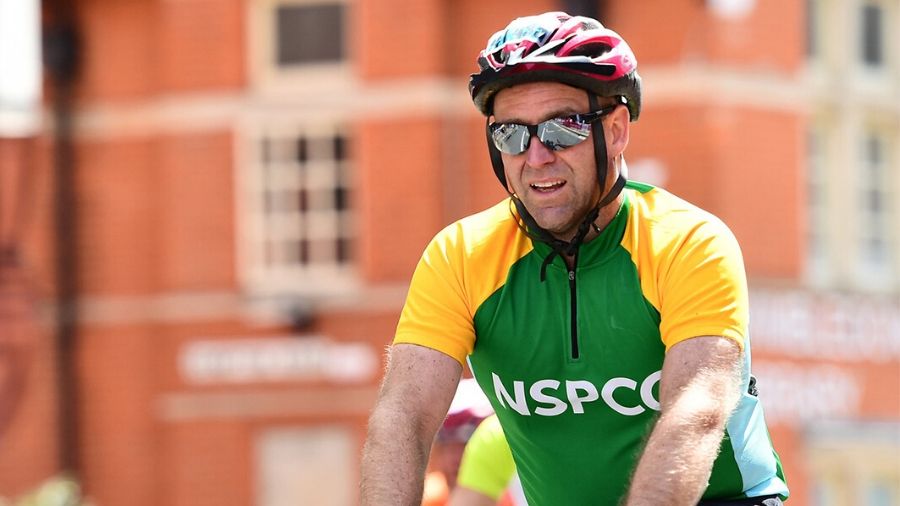
If you're new to cycling, it might be confusing trying to figure out what kit you need to buy.
We've got some tips on what you should be looking out for with key pieces of kit for cyclists:
Contact the NSPCC Helpline
You can contact the NSPCC Helpline by calling 0808 800 5000, emailing [email protected] or completing our report abuse online form.
Due to an increase in demand across our service, our voice Helpline is currently available 10am–6pm Monday to Friday. You can still email [email protected] or complete our report abuse online form at any time for free. You don’t have to say who you are.
If you think a child is in immediate danger, please call the police on 999 straight away.
18 or under?
Childline offers free, confidential advice and support whatever your worry, whenever you need help.

If you're new to cycling, it might be confusing trying to figure out what kit you need to buy.
We've got some tips on what you should be looking out for with key pieces of kit for cyclists:
To start off with, any bike will do for your training and racing. However, at some point you may want to invest in a good quality road bike with suitable tyres. It’s worth going to a specialist bike shop and getting fitted. They will be able to give you good advice about the right type of bike for you within your price range.
Having a good-fitting, robust helmet for cycling is an essential safety requirement and particularly important if you plan to train in a group where accidents are more likely to occur due to riders being in close proximity of each other.
After your bike and helmet, the most important thing is to get right are your shoes and cleats. You’re about to spend a lot of time in the saddle so it’s imperative that you’re wearing something comfortable.
Your new pair of cycling shoes should be comfortable above all else. They should be the most comfortable pair of shoes you own!
Fit wise, you want them to be snug around your heel, so that they don’t slip. The middle of your foot should be held snug in place, but not be too tight.
Try a few different brands and models to find a shoe that fits. Then try them on with the cleats you want to use on your own bike or a static indoor trainer at the specialist cycling shop.
Reading and hearing other people's reports and reviews on shoes is great, however you need to remember that what works for them might not work for you. You will have a different foot shape to them, different arch height and different heel size, so some brands might be terrible for you, whereas others may fit like a glove.
Once you have your shoes and cleats sorted out, make sure you invest in a good pair of socks. You don't buy a Ferrari and put go-cart tyres on it, so get a comfortable sock on your foot. A good sock will wick moisture away from the foot, keeping it cool and reducing the amount of rubbing that can occur.
Cycling shirts or tops are designed to be close fitting so as to eliminate drag from the wind. They are made of a technical fabric that will keep you dry by ‘wicking’ away the sweat from your body. They also have several handy pockets in the back to carry all your essentials including ride snacks, mobile phone, waterproof top, etc.
If you plan to do cycling of any length or distance, cycling shorts are essential pieces of kit for your comfort. The padded seat built into cycling shorts will add considerably to your comfort and again they share the technical properties mentioned above.
Investing in some good cycling apparel will keep you cool during warmer rides but also allow you to layer it up so that it keeps you warm during colder ones too.
It’s important that you dress appropriately for each ride you’re doing. Check the weather forecast before you ride. If the forecast is for rain later on during your ride, pack a waterproof jacket into your cycling jersey.
Always consider the outside air temperature. If it’s a cold or windy day be prepared for the wind / air resistance as you cycle to make it feel even colder. Long sleeve tops, jackets and tights will all help keep you warm enough.
Gloves are a must to protect your hands from rubbing and will save you several layers of skin if you come off your bike. For colder rides, if you usually ride with fingerless gloves, consider wearing full finger gloves, as they will keep your hands warmer.
Water bottles, tyre pump, spare inner tubes, puncture repair kit, eye wear, lights, bike computer and multi-tool.
The list below is not exhaustive list but contains some essential things to take with you: